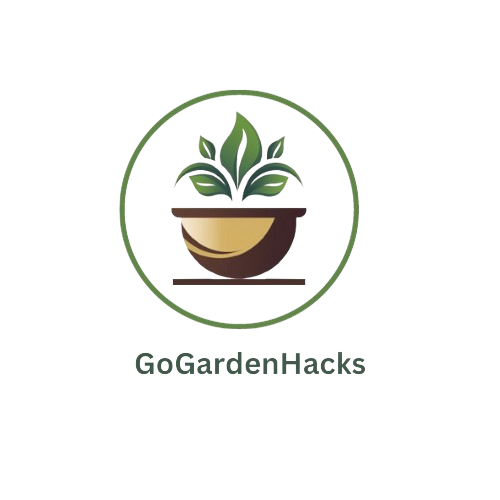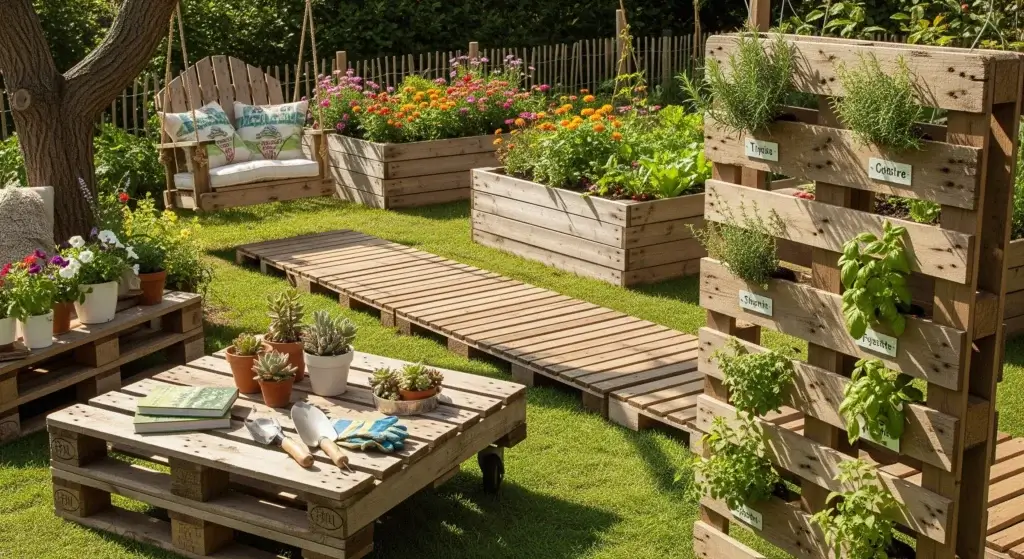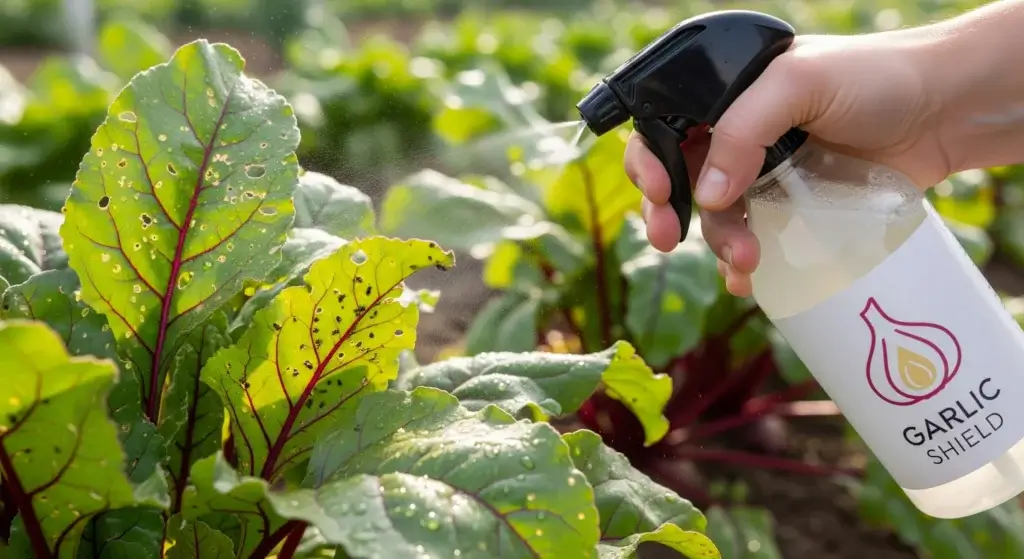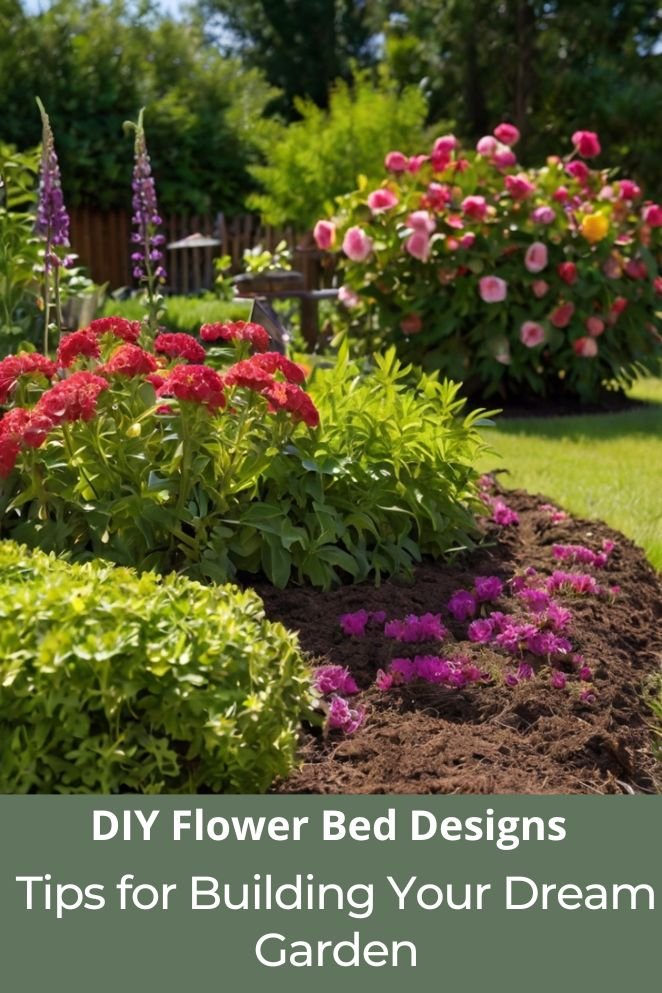
Creating a beautiful flower bed doesn’t have to be complicated or expensive.
With the right design and materials, you can craft a stunning garden that enhances your outdoor space.
This DIY guide will walk you through the process, from selecting the perfect spot to building your flower bed, with tips on using various materials for a raised bed.
Whether you’re a beginner or an experienced gardener, this post will help you design and build a flower bed that will make your garden flourish.
Choosing a Location for Your Flower Bed
The first step in designing your flower bed is deciding where it should go.
Location matters a lot because it affects how well your plants will grow.
Here are some things to consider:
Sunlight
Different flowers need varying levels of sunlight.
Check if your chosen location gets full sun (at least 6 hours), partial shade, or full shade, and pick flowers that will thrive in those conditions.
- Read also: DIY Plant Food Recipes to Prolong the Beauty of Your Cut Flowers
- Read also: Blooming Brilliant: DIY Container Ideas for Spectacular Flowers
Soil drainage
Avoid areas where water tends to pool, as most flowers don’t do well in soggy soil.
Well-drained soil is key to healthy plant growth.
Visibility
If you want your flower bed to be a focal point, place it where it will be visible from windows, patios, or entryways.
You can also tuck it into a corner for a more private, serene garden.
Space availability
Make sure you have enough room for the size of the bed you plan to create and leave space for future expansion or pathways.
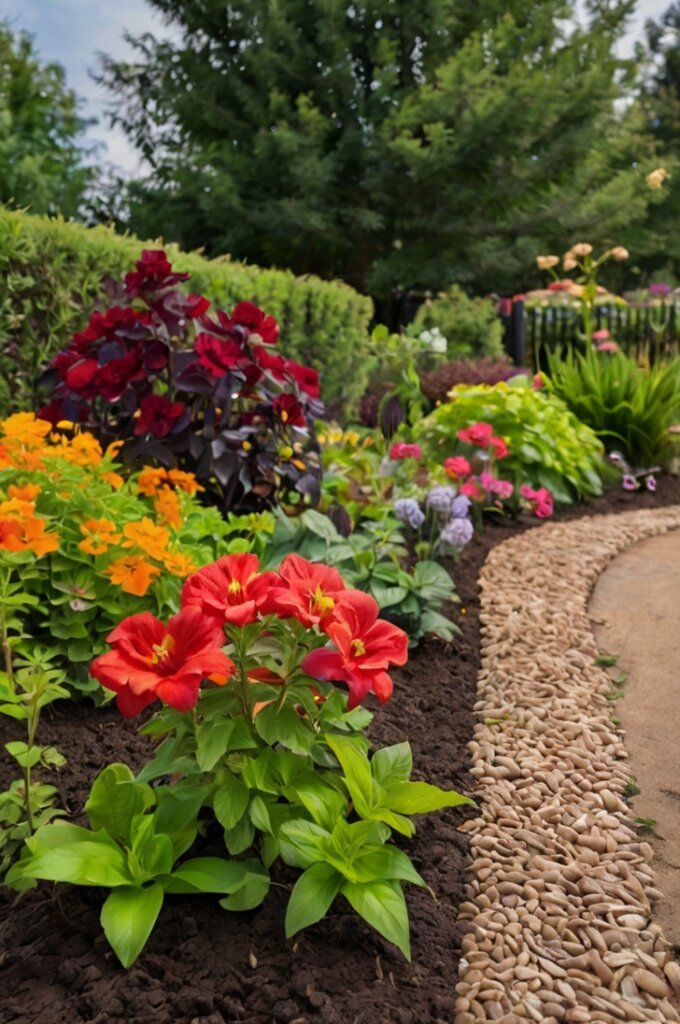
Choosing a Layout for Your Flower Bed
Once you have your location, the next step is deciding on a layout.
The shape and size of your flower bed can change the entire look of your garden. \Here are some popular layout options:
- Rectangular beds: Simple and classic, rectangular beds are easy to manage and look clean. They work well along walkways, fences, or patios.
- Curved beds: For a more organic and free-flowing look, curved beds are a great choice. They soften the lines of your garden and create a more natural appearance.
- Island beds: These are standalone flower beds that aren’t attached to any walls or boundaries. Island beds are ideal for large open spaces and can be viewed from all sides.
- Tiered beds: Perfect for sloped areas, tiered beds allow you to create multiple levels of planting, adding depth and dimension to your garden.
When planning your layout, think about how it will complement the rest of your landscape and how easily you’ll be able to access the flowers for maintenance.
Making a Flower Bed: Step by Step
Now that you’ve selected your location and layout, it’s time to start building.
Follow these steps for a successful flower bed:
- Mark the area: Use stakes and string, or simply outline the bed with a garden hose to visualize the space.
- Clear the ground: Remove any grass, weeds, or rocks from the area. If you’re building a raised bed, this step is still important for good drainage.
- Amend the soil: If you’re planting directly into the ground, loosen the soil to a depth of 8–12 inches, adding compost or organic matter to enrich it.
- Create edging: For ground-level beds, consider adding a border using bricks, stones, or plastic edging to help contain the soil and define the bed.
- Plant Your flowers: Place your plants in the soil according to the design you’ve created. Pay attention to spacing and height to ensure that taller plants won’t overshadow shorter ones.
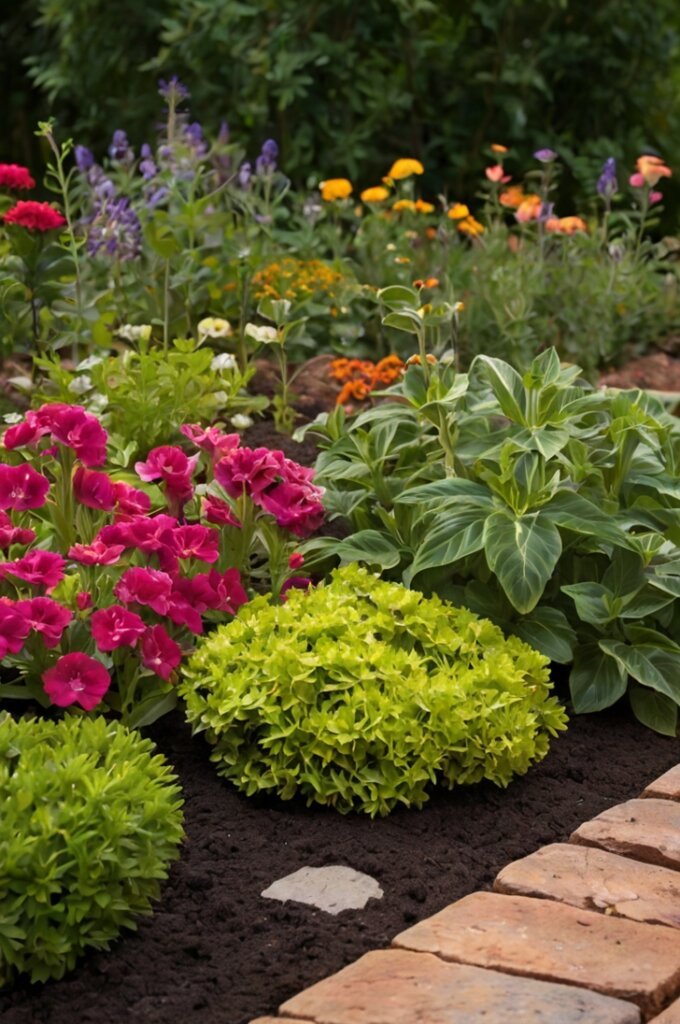
DIY Raised Flower Bed: Materials and Construction
Raised flower beds are a great option if you want more control over your soil quality or if your yard has poor drainage.
Building a raised flower bed is a straightforward project, and you can use a variety of materials depending on your budget and aesthetic.
Here’s a quick guide to constructing a raised bed using different materials:
Wood
One of the most common materials, wood is affordable and easy to work with.
Cedar and redwood are popular choices because they resist rot. Simply nail or screw planks together to form a box and fill it with soil.
Metal
Metal flower beds add a modern touch to your garden.
Galvanized steel is durable and looks sleek.
Just bolt or weld the sides together, ensuring the edges are smooth and safe to work around.
Concrete blocks or bricks
For a more rustic or industrial look, use concrete blocks or bricks.
They are stackable, stable, and can be arranged without mortar for easy assembly.
Just line them up in the shape you desire and fill the inside with soil.
Composite materials
Made from recycled plastic and wood fibers, composite materials are an eco-friendly option.
They don’t rot or warp like wood, making them low maintenance.
Pre-made composite bed kits are also widely available for easy assembly.
Once your raised bed is built, fill it with a mix of topsoil, compost, and other organic material to create a fertile environment for your flowers.
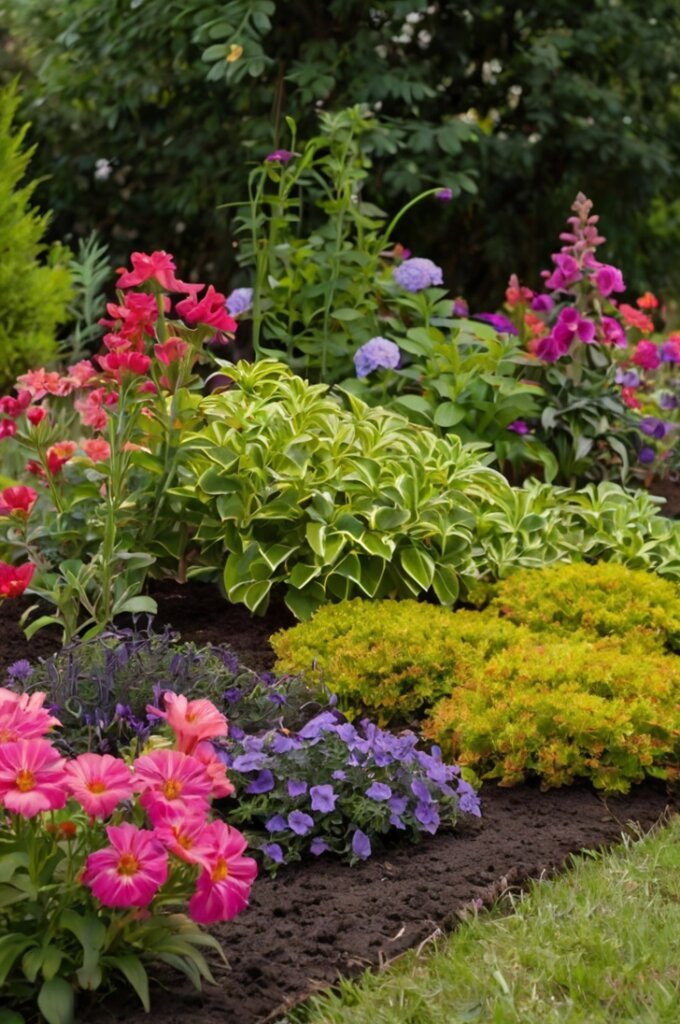
- Read also: DIY Flower Stands: A Step-by-Step Guide for Beginners
- Read also: Eco-Friendly Fun: Easy DIY Wildflower Seed Bombs
Conclusion
Creating your own flower bed is not only a rewarding project but also a way to add personal flair to your garden.
By selecting the right location, layout, and materials, you can craft a flower bed that enhances your space and allows your flowers to thrive.
Whether you opt for a traditional in-ground bed, or a raised bed made from wood, metal, or bricks, the possibilities are endless.
Just remember to plan carefully and enjoy the process of bringing your DIY flower bed to life.
FAQs
Most flower beds should be at least 6–12 inches deep to accommodate root growth, but deeper beds (18–24 inches) are better for larger plants or flowers with deeper root systems.
Yes! You can create a tiered flower bed on a slope to prevent soil erosion and make the most of the space. Use retaining walls or terraces to manage the incline.
Laying down landscape fabric or mulch can help suppress weed growth. Additionally, regular weeding and using plants that spread, like ground covers, can keep weeds under control.
The best material depends on your budget and garden style. Wood is affordable and natural, metal offers a modern look, and bricks or blocks provide a sturdy, rustic appeal.
The watering schedule depends on the flowers you choose, but generally, flower beds need about 1 inch of water per week. Raised beds may dry out faster, so monitor moisture levels regularly.
